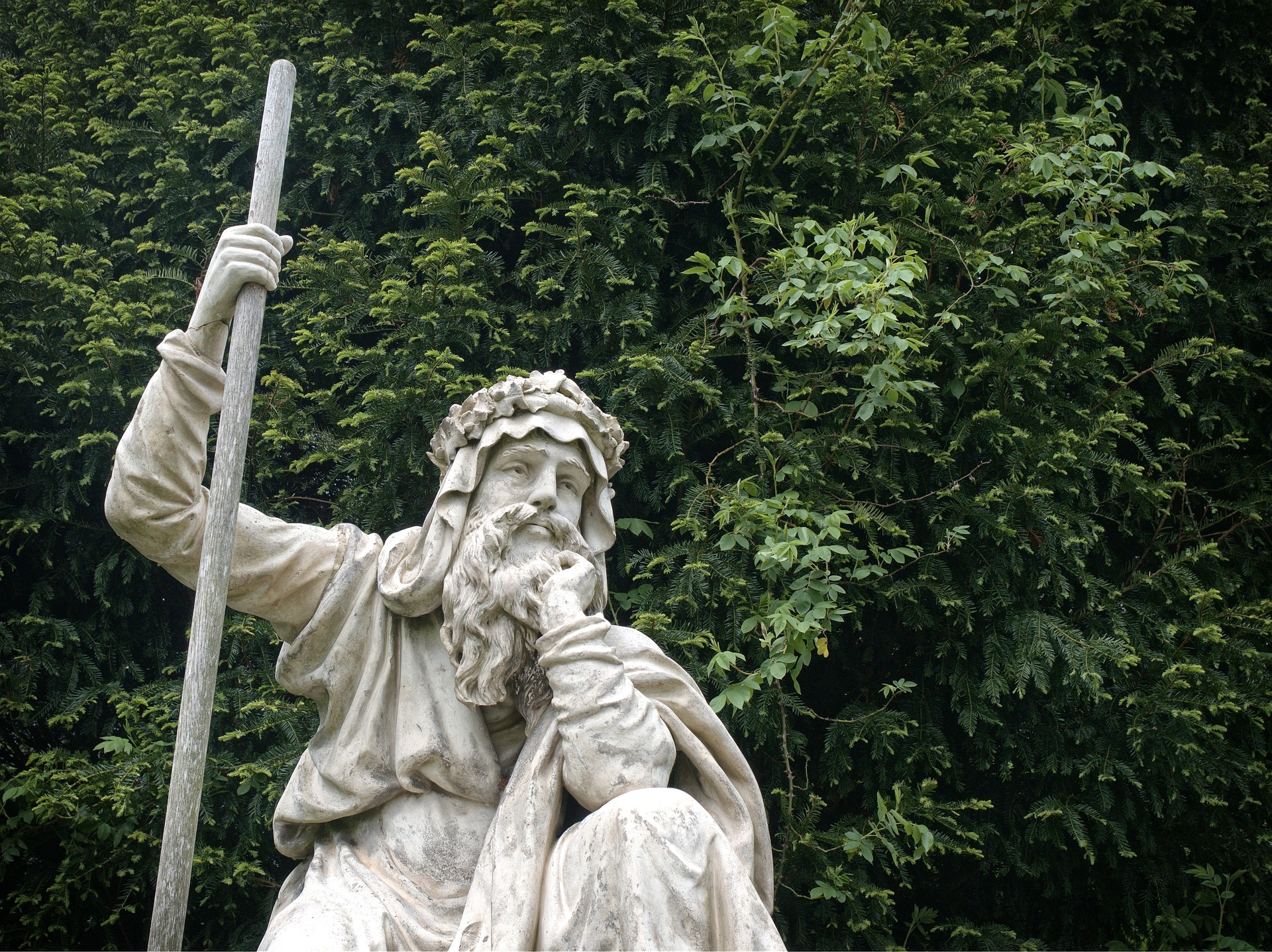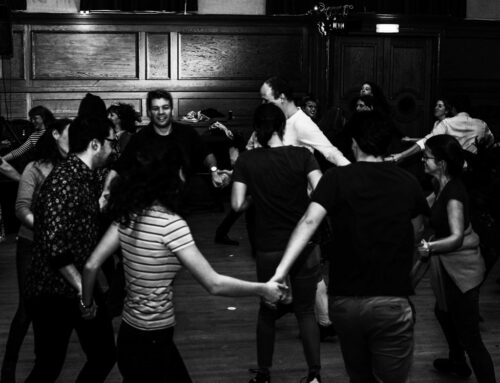Druids were an important part of ancient Scottish society, serving as spiritual leaders and advisors to kings and chieftains. Their knowledge of nature and the spiritual realm was highly respected. And their ability to communicate with the gods was believed to be crucial to the well-being of their communities.
The origins of the Druids in Scotland are shrouded in mystery. But they likely arrived with the Celtic people who migrated to the British Isles in the 1st millennium BCE. The Druids were known for their deep connection to nature, and saw the natural world as a manifestation of the divine. They believed that by communing with nature, they could communicate with the gods and gain insight into the mysteries of the universe.
The role of the Druids in Scottish society was varied and complex. They were responsible for conducting religious ceremonies and performing important rituals, such as those related to the agricultural calendar. They were also skilled in diplomacy, and were often called upon to resolve conflicts between tribes and clans. In addition, they were knowledgeable in areas such as medicine, law, and philosophy, making them valuable members of their communities.
The use of ritual sacrifice was a common practice among the Druids in Scotland, although the majority of sacrifices were of animals rather than humans. The sacrifice of an animal was seen as a way to communicate with the gods and ensure the prosperity of the community. The Druids also believed in the concept of reincarnation. And they saw death as a transition to a new life rather than an end.
The Druids of Scotland were known for their mastery of herbalism, and used plants for both medicinal and spiritual purposes. They believed that plants had spirits, and that by working with these spirits, they could heal the sick and communicate with gods. Many of the plants used by the Druids are still used in modern herbalism.
The decline of the Druids in Scotland began with the arrival of Christianity in the 5th century CE. Many Druids converted to Christianity, and their knowledge and traditions were incorporated into the new religion. However, some Druids resisted the Christian conversion, and went into hiding. Their knowledge and traditions were passed down through secret societies and underground networks. And the legacy of the Druids lived on in the folklore and legends of the Scottish people.
In recent years, there has been a revival of interest in the Druidic tradition in Scotland. The Order of Bards, Ovates, and Druids (OBOD), an international organisation dedicated to the study and practice of Druidry, has a strong presence in Scotland. There are also a number of Druidic study groups and organisations throughout the country.
One of the most famous Druidic sites in Scotland is the Calanais Standing Stones on the Isle of Lewis. This ancient stone circle dates back to 3000 BCE, and is believed to have been used for religious and astronomical purposes. The circle is made up of 13 standing stones, with a larger stone in the center. The stones are aligned with the rising and setting of the sun, moon, and stars. They are thought to have been used as a calendar or for astronomical observations.
Overall, the Druids played a significant role in the spiritual, cultural, and intellectual life of ancient Scotland. Their legacy lives on in the traditions and beliefs of modern Druids. As well as in the ancient ruins and sacred sites that dot the Scottish landscape. Their deep connection to nature, their knowledge of herbalism and healing, and their ability to communicate with the divine continue to inspire and captivate people around the world.
If you are interested in scottish druids come along to the ceilidh club!






